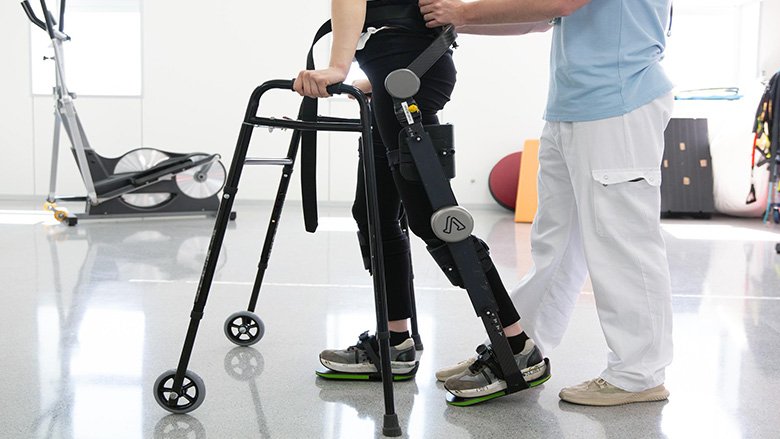EXOSOME & SUPPORTIVE THERAPY
The human body is comprised of different kinds of specialized cells. All these specialized stem cells originate from exosomes. The Exosome has the potential to differentiate or develop into a variety of specific cell types. This is why Exosome therapy is considered a medical miracle with a huge promise for the treatment of various kinds of diseases.
Why Should You Need Supportive Therapy?
Receiving stem cell therapy is just the beginning of the healing process. To ensure the therapy works optimally, your body requires additional support. That is where supportive therapy comes into play. It complements stem cell therapy in enhancing recovery, lessening risks, and providing long-term outcomes. Six reasons why supportive therapy is essential following stem cell treatment include:
- Helps Stem Cells Work Better
Supportive therapies such as dietary plans, supplements, or physiotherapy provide the optimal environment in your body so stem cells may grow, survive, and restore damaged tissues well.
- Accelerates Recovery
Light exercises, oxygen therapy, or massage can enhance blood supply and oxygen levels, which enable your body to heal quickly after stem cell therapy.
- Lessens Side Effects
It makes some individuals feel tired, sore, or uncomfortable after therapy. Supportive care ensures these side effects are managed and keeps you feeling stronger.
- Strengthens Immunity
Having a healthy immune system guards your new stem cells and aids general recovery. Supportive treatments usually incorporate diet advice, vitamins, or changes in lifestyle to maintain your immunity.
- Improves Long-Term Results
Stem cell therapy provides your body with a “fresh start,” but supportive care prevents you from losing the advantages over a long period by sustaining and shielding your new cells.
- Provides Emotional and Mental Support
Healing is not solely physical. Stress, fear, or anxiety may hinder recovery. Counseling, relaxation therapies, or wellness programs provide patients with confidence and calmness during the process.
















